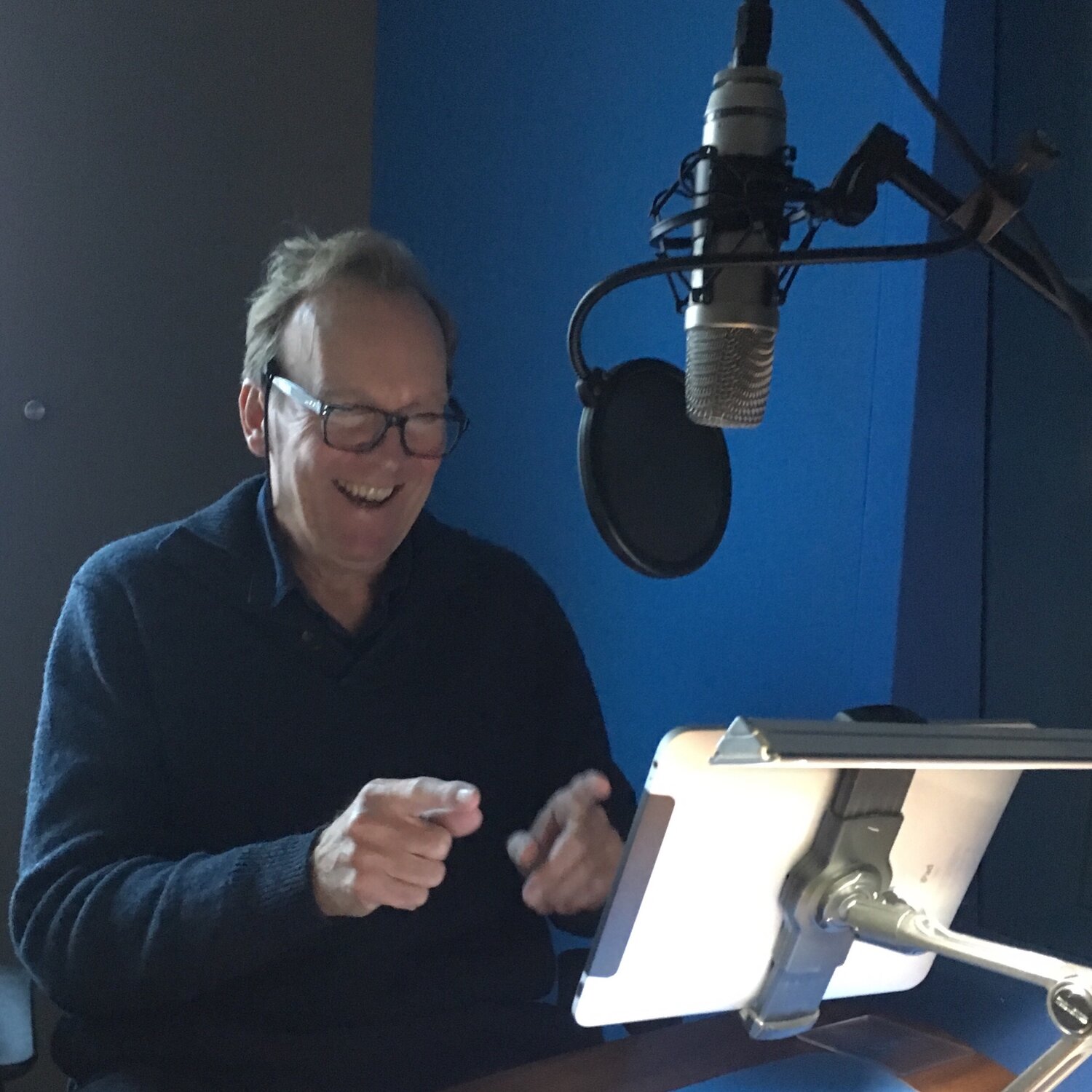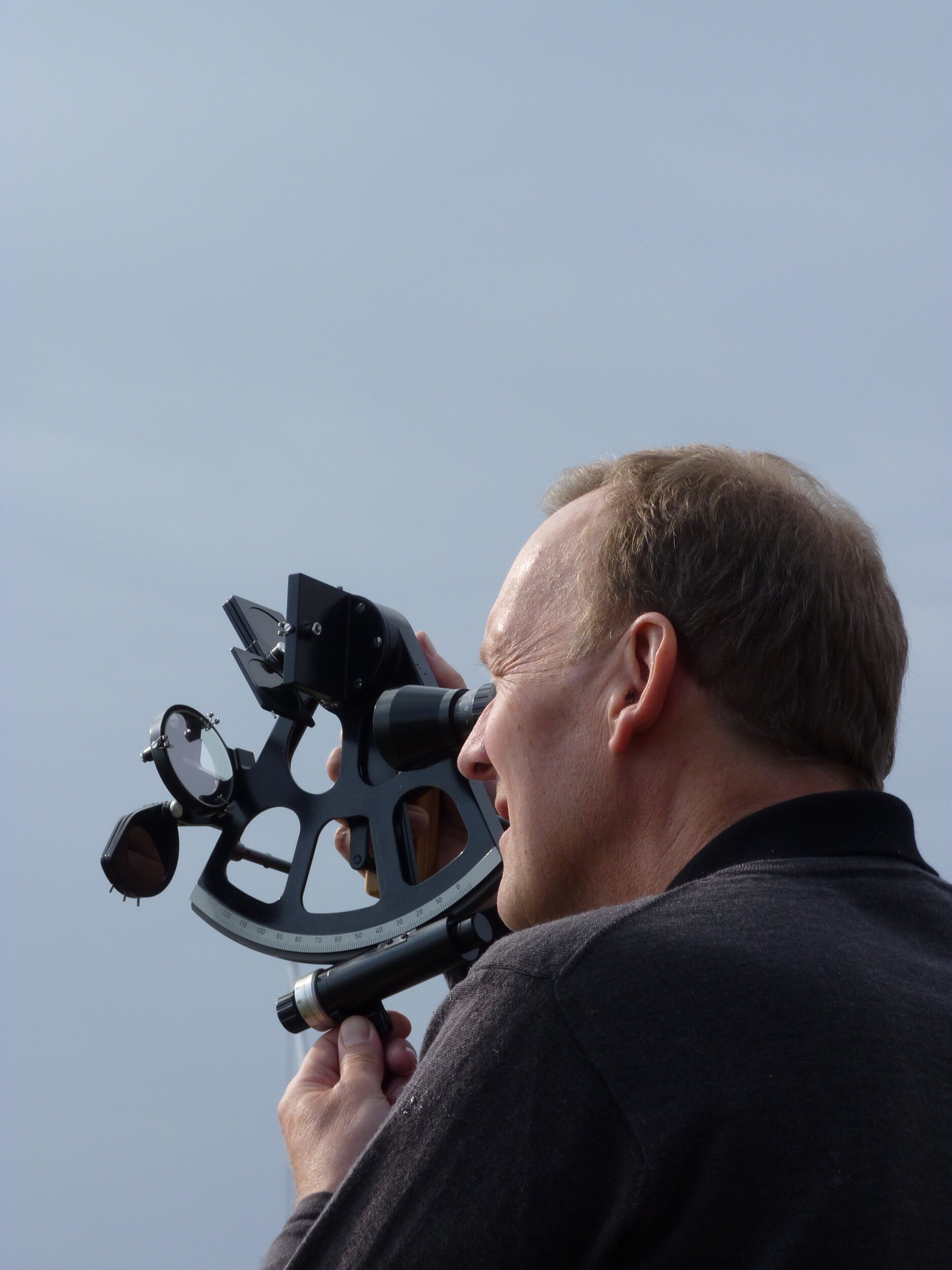45. How to make electronic navigation more engaging - and rewarding
Many navigators are worried about the consequences of our increasing reliance on automatic navigation systems - especially the ‘turn-by-turn’ apps based on GPS that are now embedded in every cell phone and every vehicle.
There’s plenty of evidence (which I discuss in Incredible Journeys/Supernavigators) that the passive use of these apps impedes the development of the mental maps that enable us to find our way around most efficiently.
There are even those who think that we may endanger our overall cognitive health by using them too much. And there’s no doubt that these apps impoverish our lives by discouraging us from taking an active interest in the world around us.
But nobody seriously thinks we can turn the clock back. Navigational apps are here to stay because they make life so much easier - and sometimes (though not always) safer.
The question is whether they can be tweaked so as to reduce or eliminate some of their drawbacks.
An interesting new study (Clemenson, G.D., Maselli, A., Fiannaca, A.J. et al. Rethinking GPS navigation: creating cognitive maps through auditory clues. Sci Rep 11, 7764 (2021). https://doi.org/10.1038/s41598-021-87148-4) examines the virtues of a different kind of app - one that does seem to help people develop a better grasp of the layout of their surroundings.
Instead of relying on the usual turn-by-turn directions, some participants in the new study followed a virtual, auditory compass (based on the Soundscape app - originally designed for visually-impaired users) in order to locate various goals dotted around the Microsoft campus. The compass indicated the straight-line route to each goal, and the user then had to navigate actively around any obstacles (like buildings) that stood in the way.
The authors acknowledge that the sample size was small, but they insist that - in contrast to a standard turn-by-turn app - the Soundscape virtual compass helped participants who were new to the campus develop a better sense of its geography.
They argue that “using auditory beacons to navigate can lead to greater explorative behavior and the formation of more accurate mental maps of the surrounding environment when compared to turn-by-turn navigation. Thus, demonstrating that it is possible to use GPS technology and promote learning through active navigation.”
They conclude that an auditory beacon is “a sensory augmentation that helps us create a stronger connection with our environment.”
This is a promising development, and I hope we’ll soon see more research of this kind. But I wonder whether the mass market navigational platforms will take heed of the new findings - and whether users are ready to embrace a more active approach to navigation than they have got used to. We’ll have to wait and see.


